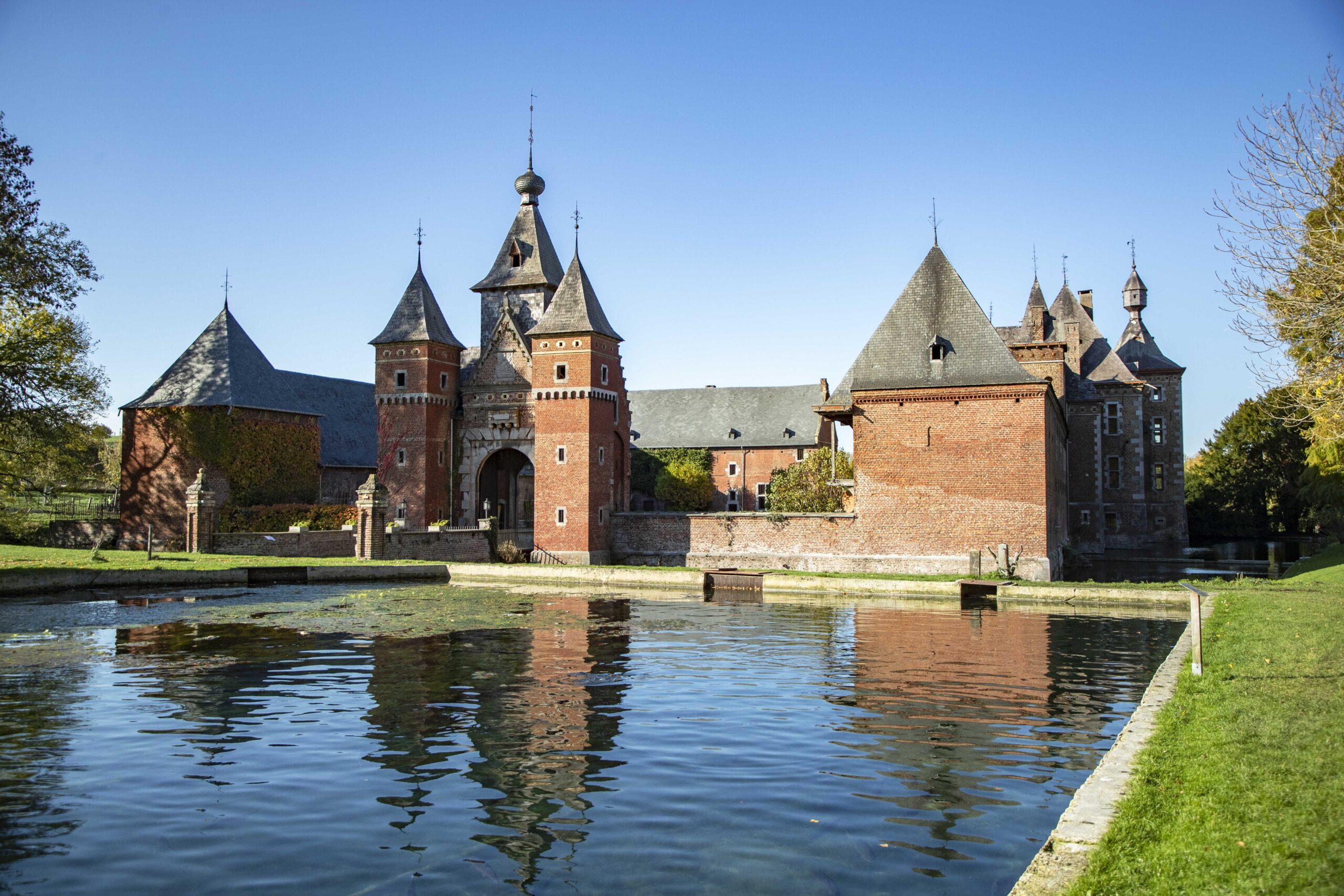 © Allwrite/Tourism Limburg
© Allwrite/Tourism Limburg
‘s-Gravenvoeren is located in the Belgian province of Limburg, stretching along the Voer river like a ribbon village. Until the municipal reorganization in 1977, it was an independent municipality, and the village still exudes a certain independence. Perhaps because it was once the administrative center of the medieval county of Dalhem—which in its early days was even called “Voeren.”
Did you know?: A ribbon village is an elongated village that has gradually developed around an important feature in the region. The houses form a continuous ribbon of buildings, typical of villages that have developed along waterways, roads, or dikes.
Later, the village went through several chapters of European history; during the French annexation in 1795, it was incorporated into the department of Ourthe, before passing into Dutch and then Belgian administration. It was not until 1962, when the language border was established, that it officially became part of Limburg.
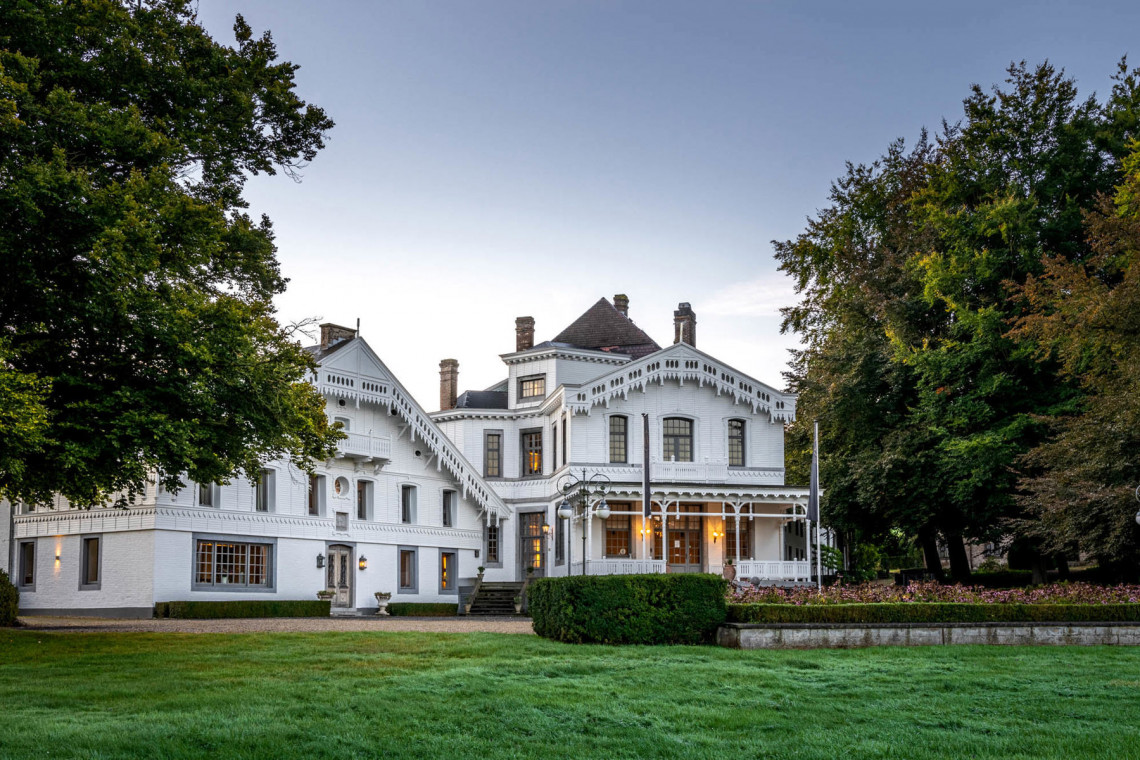
Cartographer and geographer Philippe Vandermaelen neatly recorded what could be found in ‘s-Gravenvoeren at the time of Belgian independence: 170 homes, 1,238 inhabitants, a church, six mills, two breweries, two distilleries, and a school. Add to that a six-year crop rotation and relatively solid roads with crushed stone, and you have a prosperous village in a nineteenth-century context. Not a bad score, right?
The history becomes tangible as soon as you enter the estate of Molenhoeve. enters. This former watermill—once powered by the Noor River—was part of the Altenbroek castle estate, a place where counts, knights, and later landlords sought refuge.
Over the centuries, the estate changed hands several times: from the Melcops and Holset families to Jan de Berghe and even the first governor of Limburg, Baron Louis de Schiervel. The castle itself has undergone considerable renovation since the 18th century, but its charm remains. Take a look at the north wing in particular: a sturdy bergerie, built as a sheepfold.
Did you know: The name ‘Altenbroek’ refers to the marshy nature of the land – ‘broek’ means ‘wet ground’.
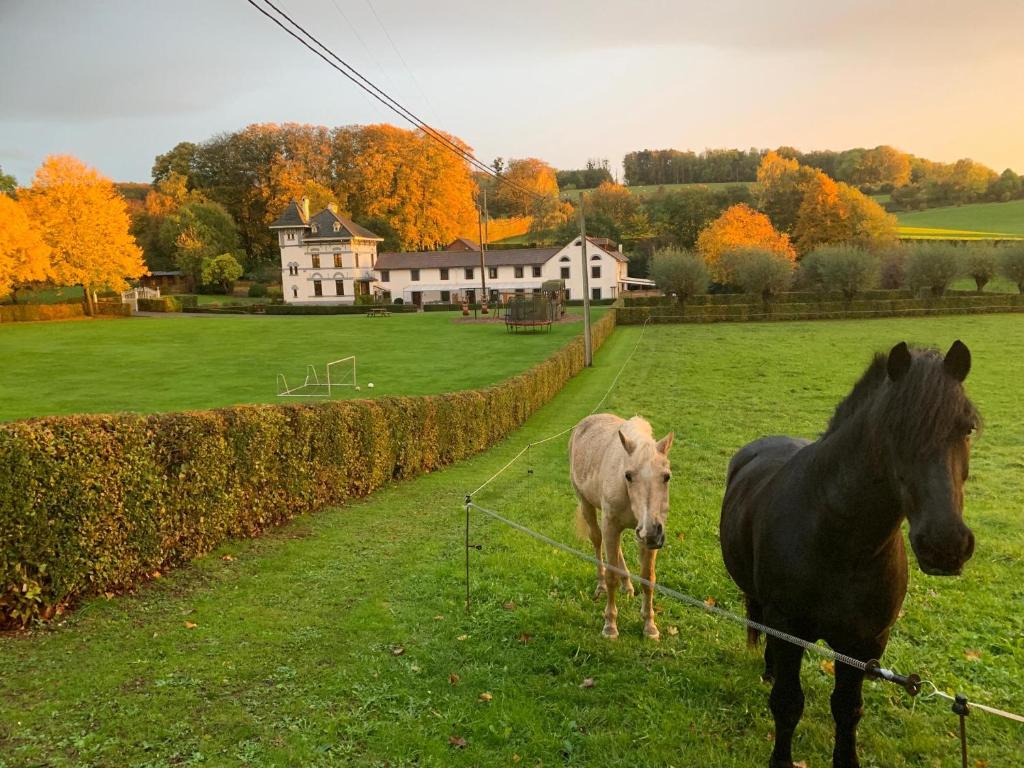
The Molenhoeve served as a corn mill for a long time, until the water wheel finally came to a standstill in 1887. The mill was converted into a residential house and was given a new purpose in 1927 when the Born family started their agricultural business there.
In 1990, Guy Born and Albine Halleux took the lead in a new direction: the stables were transformed into vacation homes. Molenhoeve became a vacation spot with character and a reference in the region! Since 2021, Cindy Born and her partner Ron Schoukens have been adding a contemporary touch. With a thorough renovation and the creation of a charming B&B, they are breathing new life into the estate—without losing the soul of the past.
Another special chapter: the Nagelboom van ‘s-Gravenvoeren. This old horse chestnut tree was not just any tree, but a folk medicine altar. Anyone suffering from toothache would rub a nail over the sore spot and then hammer it into the tree. This was supposed to transfer the pain to the wood.
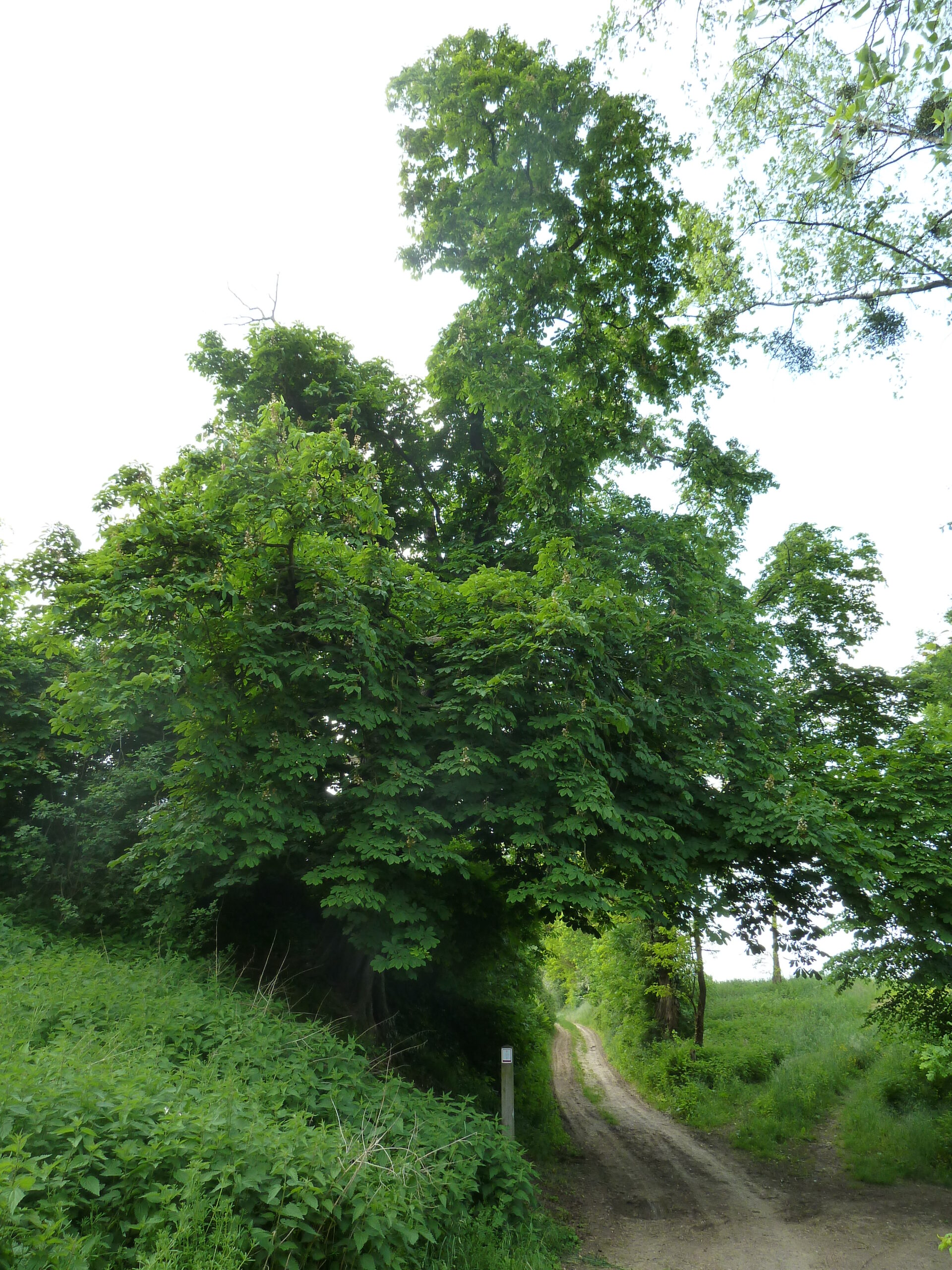
Did you know?: In 2015, the tree participated in the European Tree of the Year contest – a kind of Eurovision, but for flora. Unfortunately, the tree died in 2018. Only the trunk remains standing today as a silent witness to a magical belief.
If you really want to get to know the region, it’s best to start at the Voerstreek Visitor Center. in the heart of ‘s-Gravenvoeren. Here you will find not only tourist information and local products, but also a permanent exhibition on the fauna, flora, history, geology, and archaeology of the Voer region. It is an ideal starting point for walks, bike rides, or simply an afternoon of cultural exploration.
In all its chronology
s-Gravenvoeren is more than just the village where Molenhoeve is located—it is a living history book where past and present come together harmoniously. Whether you come for its history, nature, or simply to enjoy Limburg hospitality, this charming village on the Voer will certainly not disappoint you. And who knows… maybe you’ll feel it too: that touch of magic that still lingers in the valley.
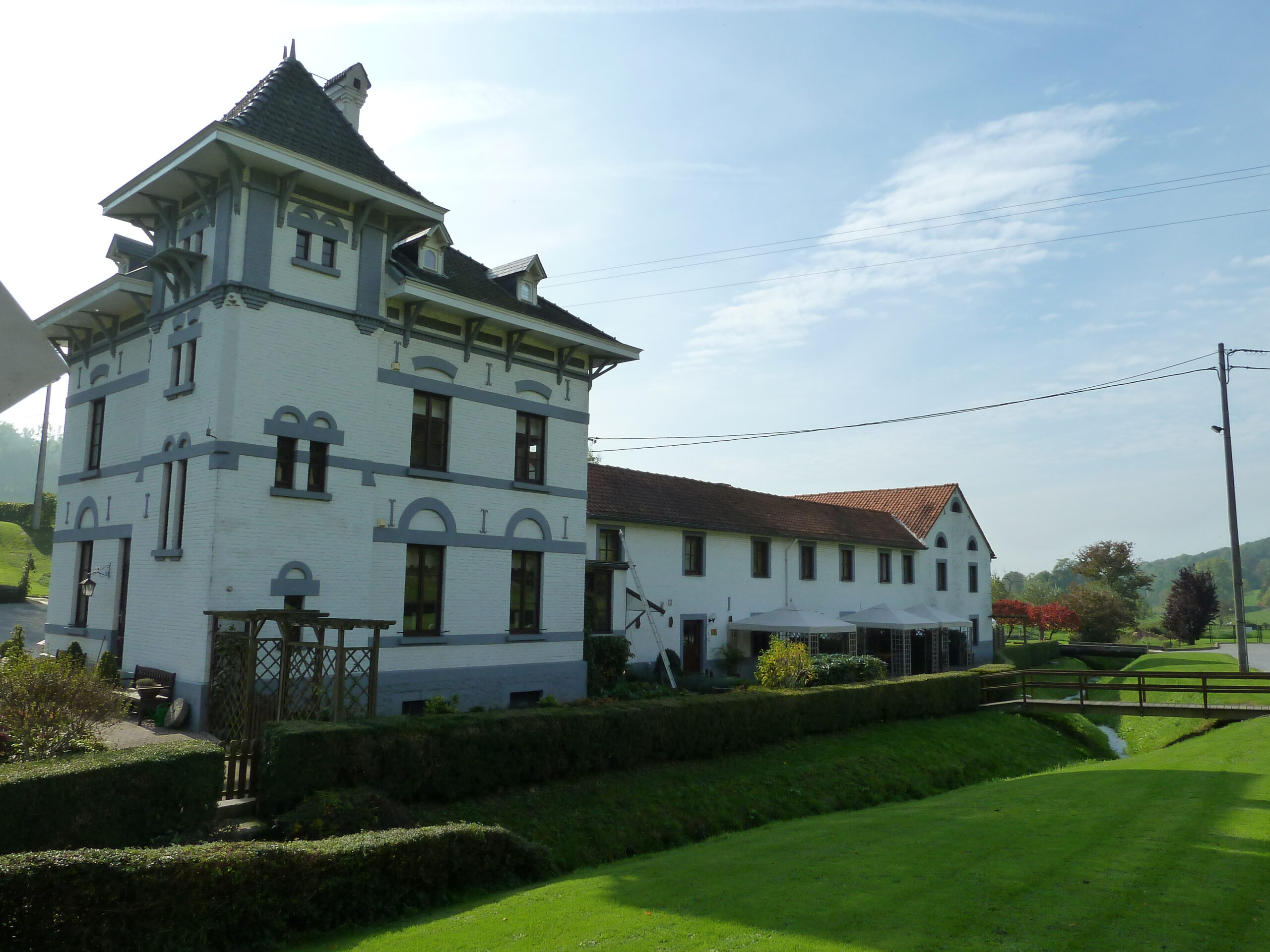
All activities and tips to discover the region